在 C 语言中,当 strstr() 函数的 needle 参数为空字符串("")时
在 C 语言中,当 strstr() 函数的 needle 参数为空字符串("")时,其行为是明确定义的,且具有特殊含义。以下是详细说明和示例:
空字符串 needle 的行为
返回值:strstr(haystack, "") 始终返回 haystack 的起始地址(即 haystack 本身)。
原因:空字符串被视为任何字符串的前缀,因此可以认为它在任何字符串的起始位置都存在。
为什么这样设计?
数学定义:
在字符串匹配理论中,空字符串是所有字符串的子串(包括空字符串本身)。
一致性:
这种设计使得 strstr() 的行为与其他字符串操作(如子串分割)保持逻辑一致。
实用场景:
某些算法或边界条件检查中可能需要明确处理空字符串的情况,避免额外判断。
代码示例
示例 1:验证空字符串 needle 的行为
c
#include <stdio.h>
#include <string.h>
int main() {
const char *text = "Hello, world!";
const char *empty_str = "";
char *result = strstr(text, empty_str);
printf("Address of 'text': %p\n", (void *)text);
printf("Result of strstr(text, \"\"): %p\n", (void *)result);
// 验证两者是否相同
if (result == text) {
printf("strstr(text, \"\") returns the start of 'text'.\n");
}
return 0;
}
输出:
Address of 'text': 0x7ffd12345678 // 示例地址(实际地址因环境而异)
Result of strstr(text, ""): 0x7ffd12345678
strstr(text, "") returns the start of 'text'.
示例 2:计算空字符串的“匹配位置”
c
#include <stdio.h>
#include <string.h>
int main() {
const char *text = "Example";
const char *empty_str = "";
char *result = strstr(text, empty_str);
if (result != NULL) {
printf("Found empty string at position: %ld\n", result - text); // 输出 0
}
return 0;
}
**输


